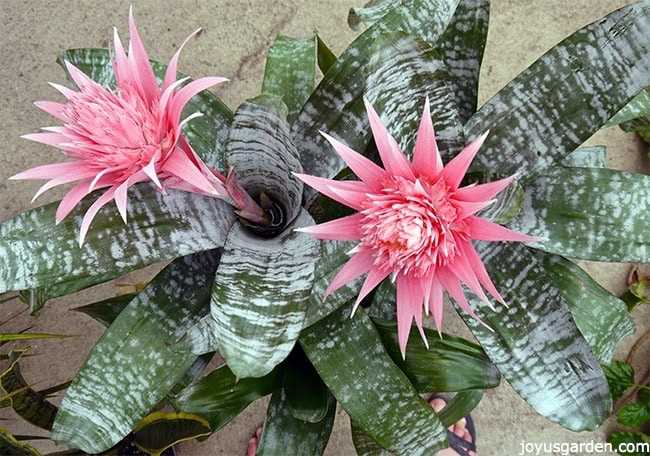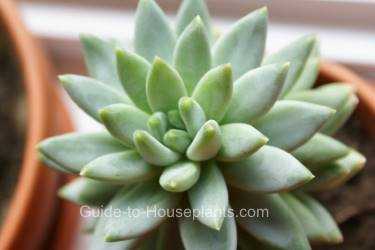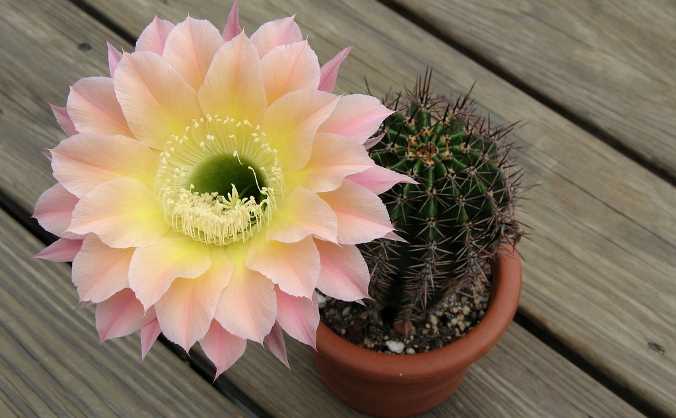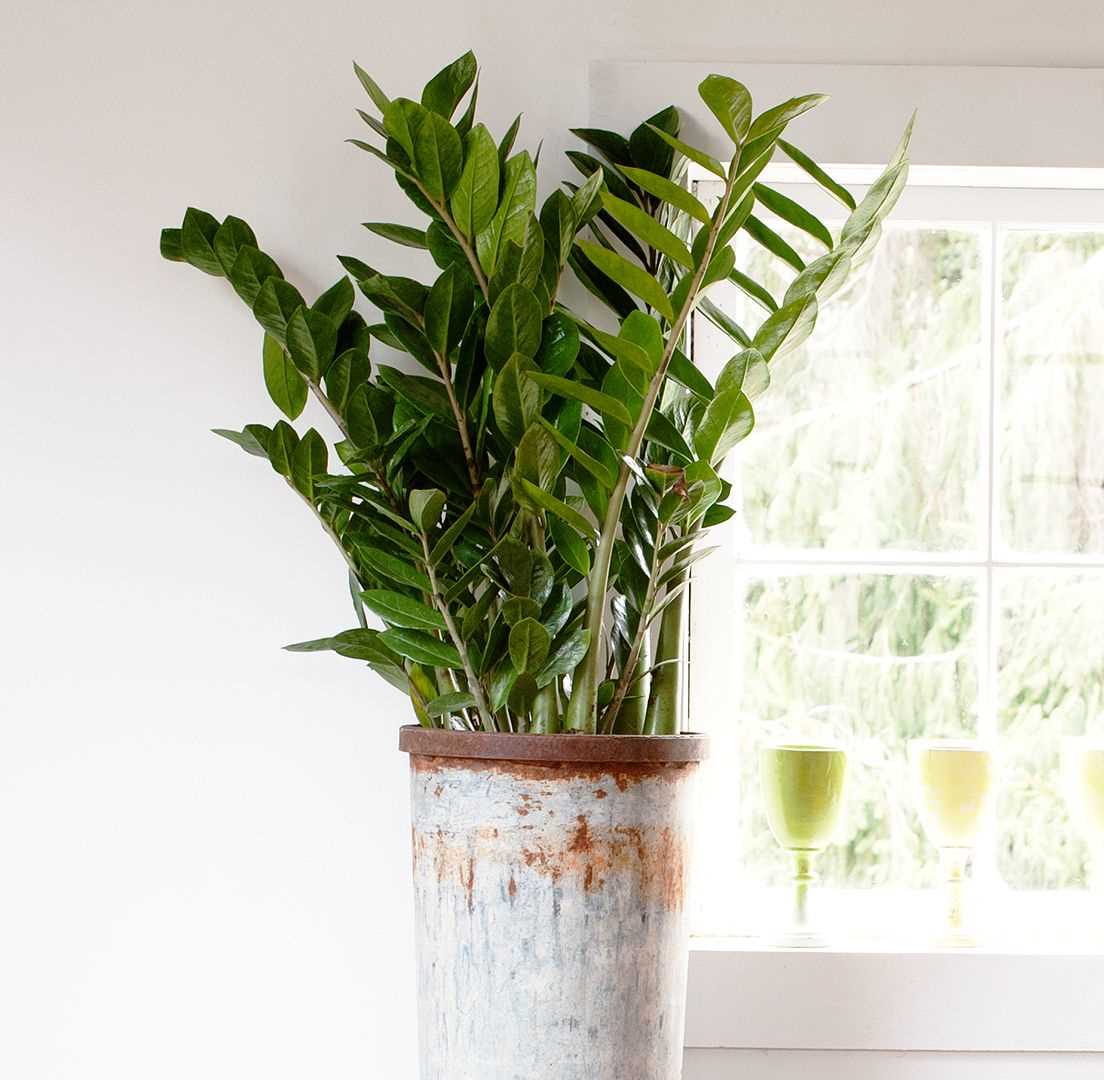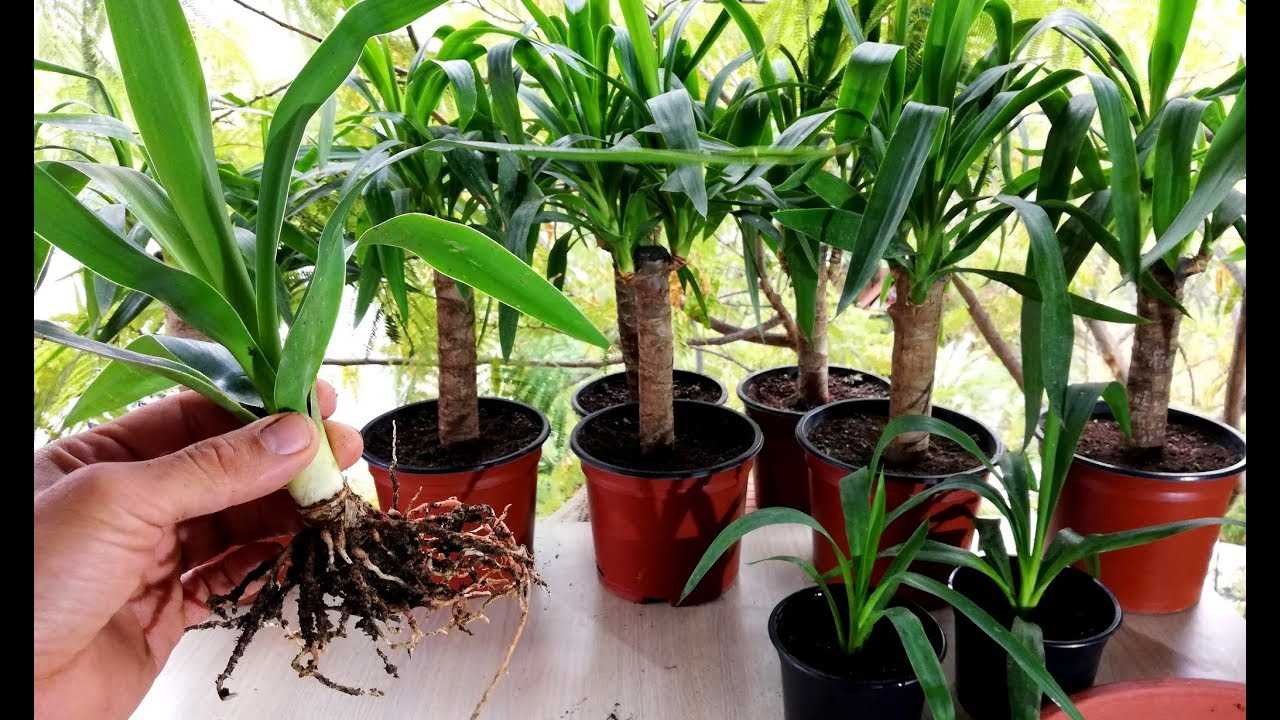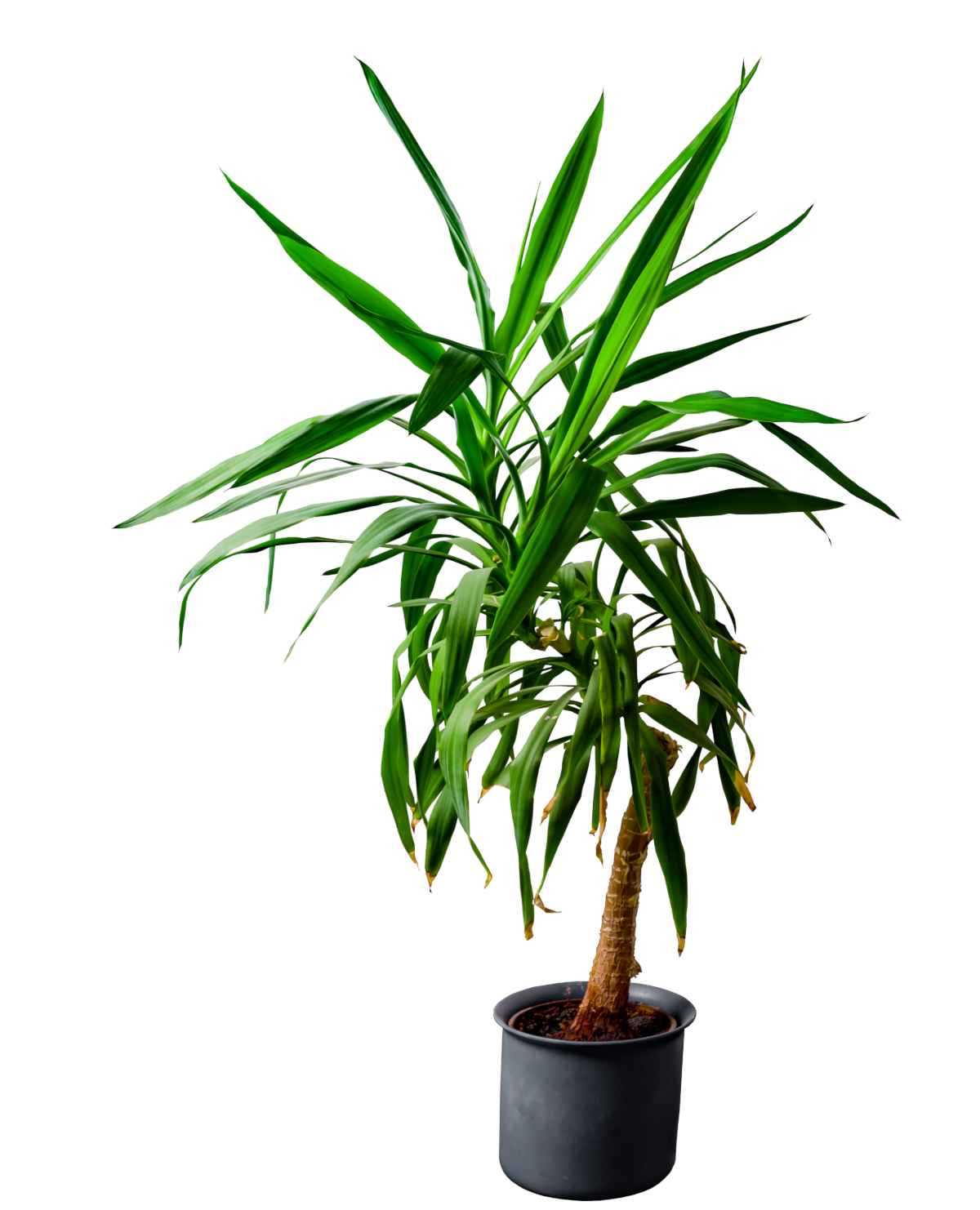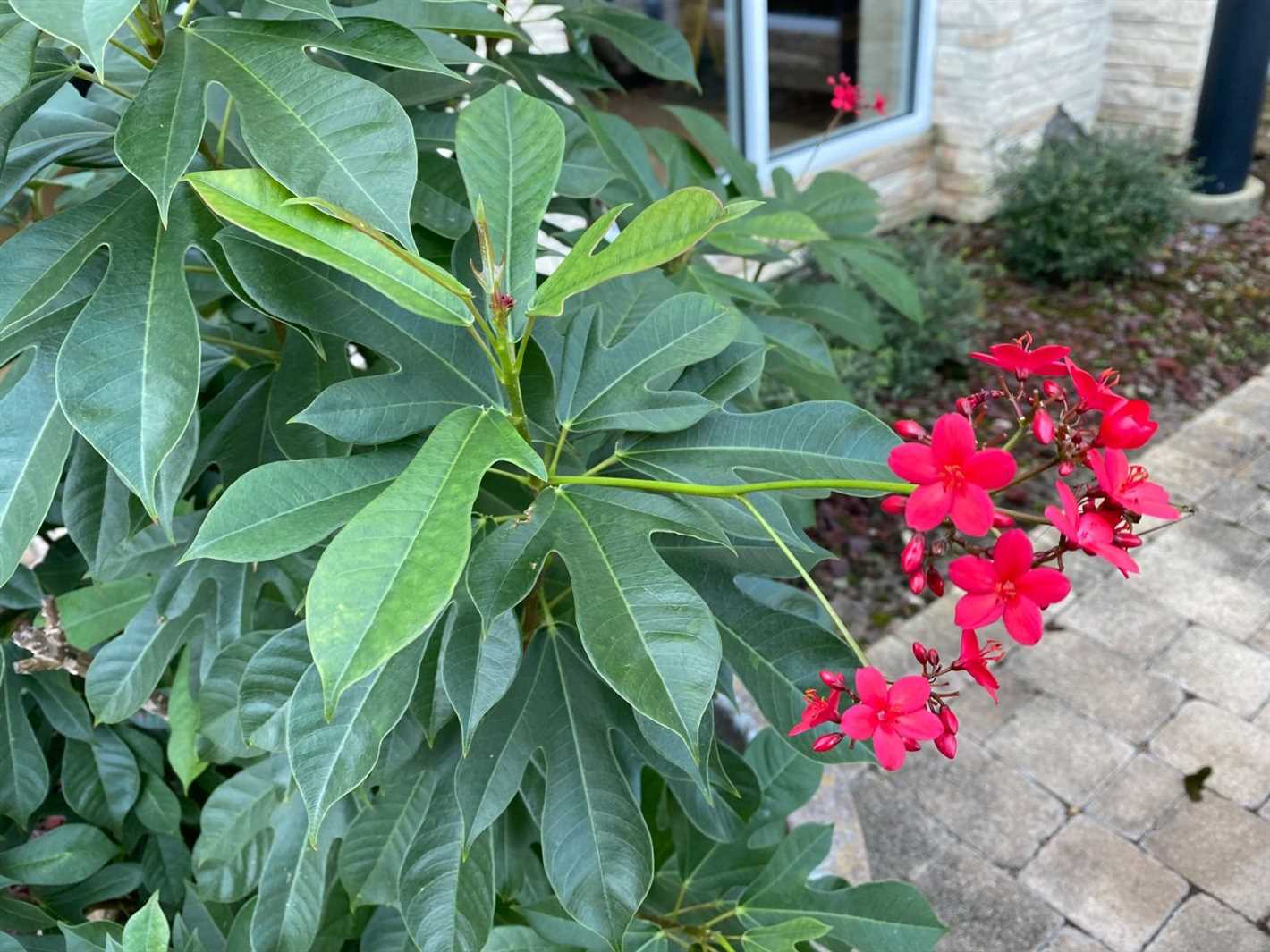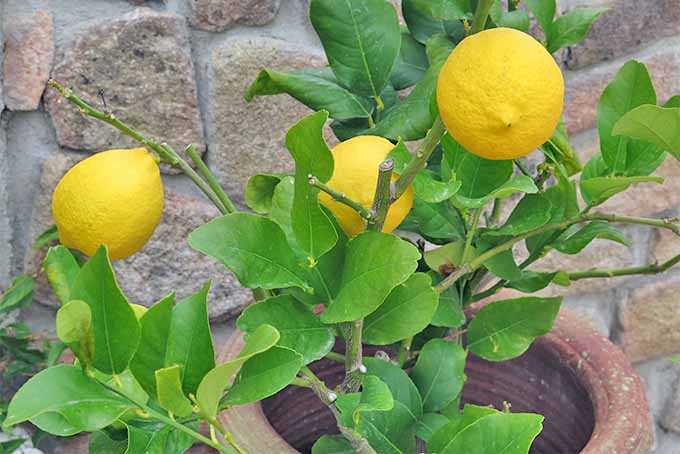- Choosing the Right Location
- 1. Light Requirement
- 2. Temperature
- 3. Humidity
- 4. Watering
- 5. Air Circulation
- Proper Watering Techniques
- 1. Water Quantity
- 2. Watering Frequency
- 3. Watering Method
- 4. Water Quality
- 5. Mist and Humidity
- 6. Signs of Underwatering and Overwatering
- Providing Adequate Humidity
- Fertilizing for Healthy Growth
- Choosing the Right Fertilizer
- Fertilizing Frequency
- Application Method
- Additional Tips
- Controlling Pests and Diseases
- Pests
- Diseases
- Pruning and Trimming
- 1. Remove Dead or Yellowing Leaves
- 2. Trim Overgrown Stems
- 3. Prune to Control Spread
- 4. Shape the Plant
- 5. Maintain Clean Tools
- Repotting for Optimal Growth
- Troubleshooting Common Issues
- Pests
- Yellowing Leaves
- Drooping or Wilting
- Brown tips on leaves
- Stunted Growth
- Q&A:
- How often should I water my Cyperus plant?
- What kind of light does the Cyperus plant need?
- Can I propagate my Cyperus plant?
- Why are the leaves of my Cyperus plant turning yellow?
- How tall can a Cyperus plant grow?
- Video: 30 Favorite Low-Maintenance LOW LIGHT INDOOR PLANTS + Styling Tips | Julie Khuu
Houseplants not only add beauty to our homes, but they also have a host of benefits for our indoor environment. One such plant that is gaining popularity is Cyperus, also known as umbrella plant or papyrus. With its striking foliage and easy care requirements, Cyperus is a great choice for both novice and experienced plant enthusiasts.
One of the reasons why Cyperus is so popular is its ability to thrive in low light conditions. This versatile plant can be placed in almost any room of your home, from your living room to your bathroom. However, it is important to remember that Cyperus still needs some natural light to grow, so it is best to place it near a window or in a well-lit area.
To keep your Cyperus healthy and vibrant, it is essential to provide it with the right amount of water. Overwatering is a common mistake that can lead to root rot and the death of your plant. Make sure the top inch of the soil is dry before watering, and avoid letting the plant sit in standing water. It is also a good idea to mist the leaves occasionally to increase humidity.
A well-draining potting mix is crucial for Cyperus, as it prefers slightly moist soil. A mix of peat moss, perlite, and sand is a good choice. It is also beneficial to fertilize your plant every few months with a balanced liquid fertilizer. This will provide the nutrients necessary for growth and help keep your Cyperus looking its best.
Overall, Cyperus is a beautiful and low-maintenance houseplant that can thrive in a variety of indoor environments. By following these simple care tips, you can enjoy the beauty of Cyperus in your home for years to come.
Choosing the Right Location
Cyperus, also known as “umbrella plant,” is a beautiful houseplant that requires the right location to thrive. Here are some tips on how to choose the perfect spot for your Cyperus:
1. Light Requirement
Cyperus prefers bright, indirect light. Place your plant near a window that receives bright, filtered light. Direct sunlight can scorch the leaves, while insufficient light can cause weak growth and leggy stems.
2. Temperature
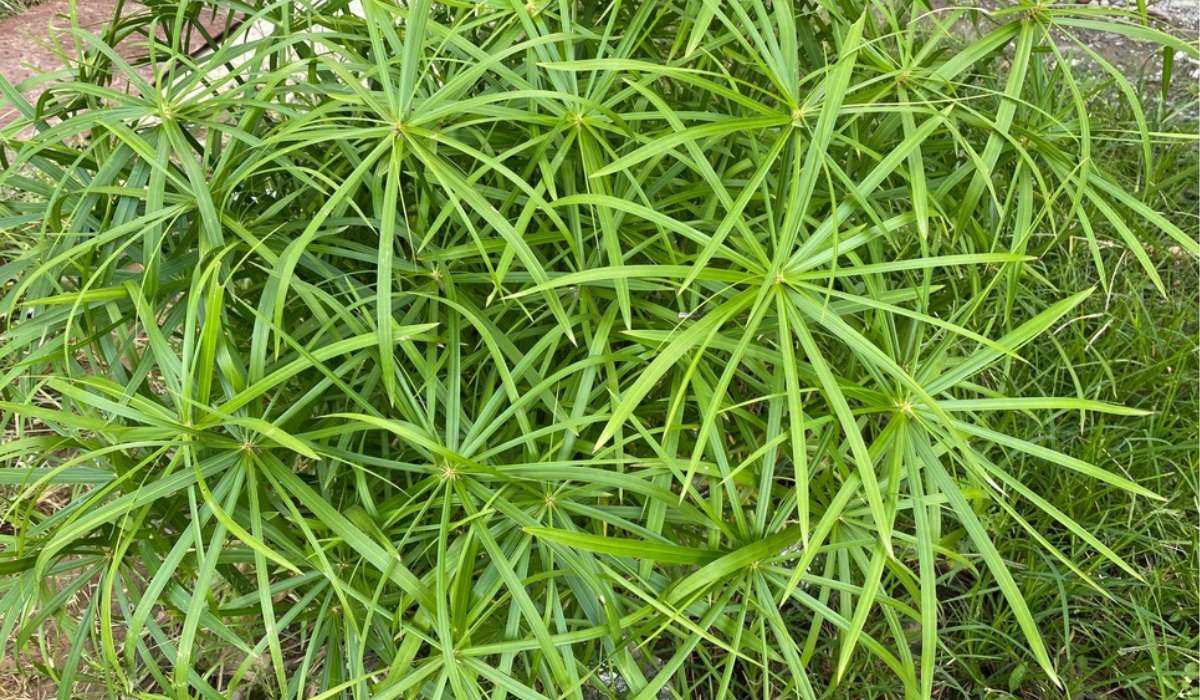
Cyperus plants prefer temperatures between 65°F (18°C) and 75°F (24°C). Avoid placing your plant in drafty areas or near heating or cooling vents, as extreme temperature fluctuations can stress the plant.
3. Humidity
Cyperus plants enjoy high humidity levels. You can increase humidity around the plant by placing it on a pebble tray filled with water or by using a humidifier. Avoid placing the plant near sources of dry air, such as heaters or air conditioners.
4. Watering
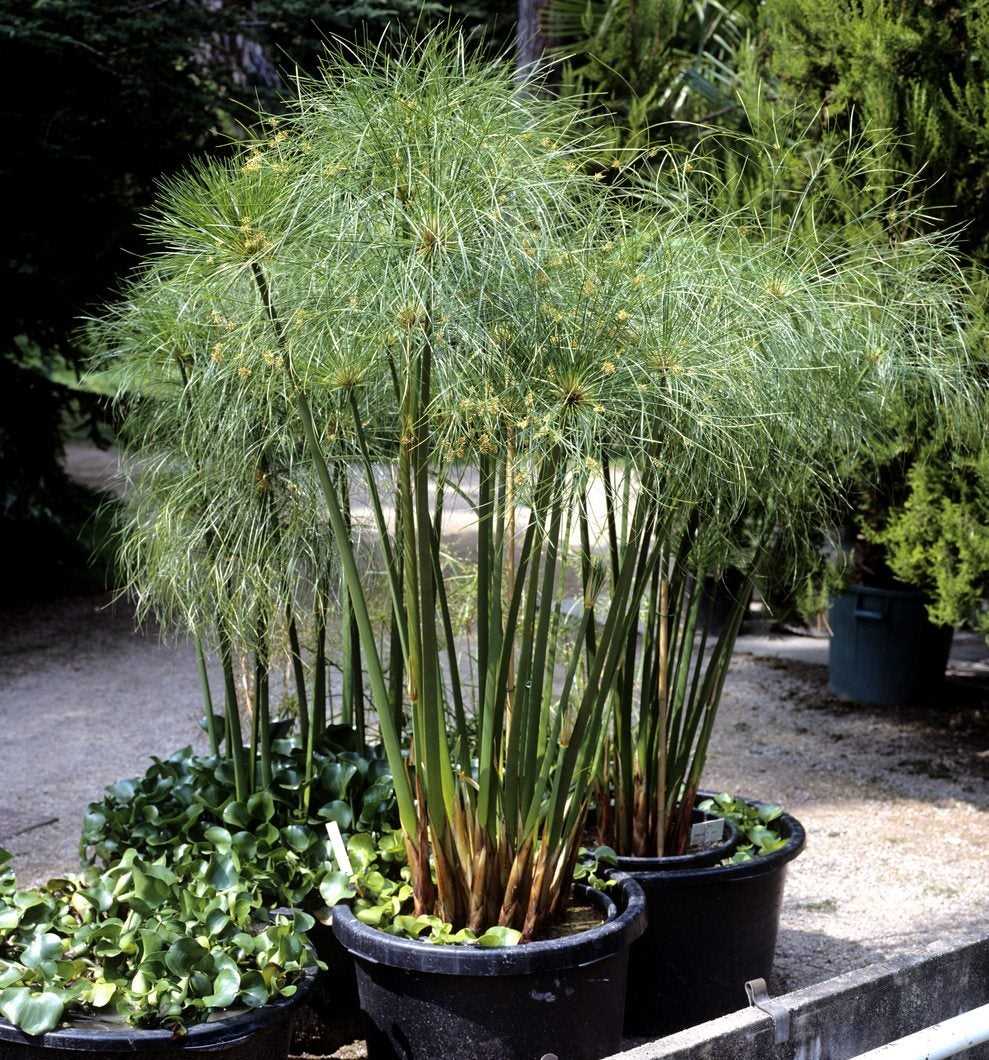
Keep the soil of your Cyperus moist but not waterlogged. Water thoroughly when the top inch of the soil feels dry to the touch. Ensure proper drainage to prevent waterlogging, which can lead to root rot.
5. Air Circulation
Good air circulation is essential for the health of your Cyperus plant. Avoid placing it in tight corners or areas with poor air movement. This will help prevent the buildup of humidity and reduce the risk of fungal diseases.
By selecting the right location for your Cyperus, you can create an ideal environment for this beautiful houseplant to thrive and add natural beauty to your home.
Proper Watering Techniques
Proper watering techniques are crucial for the health and well-being of your Cyperus plant. Follow these tips to ensure your plant receives just the right amount of water:
1. Water Quantity
Adequate water is necessary for the Cyperus plant, but overwatering can be detrimental. Ensure that the soil is evenly moist but not waterlogged. Touch the top inch of soil with your finger and only water if it feels slightly dry.
2. Watering Frequency
The frequency of watering your Cyperus plant depends on the season and environmental conditions. During the warmer months, when the plant actively grows, water it thoroughly once or twice a week. In winter, reduce watering frequency to every two to three weeks as the plant enters a semi-dormant state.
3. Watering Method
Water your Cyperus plant from the top, allowing the water to flow evenly throughout the root zone. Avoid using a spray bottle, as it may not provide enough moisture. The plant’s container should have drainage holes to prevent excess water from accumulating.
4. Water Quality
Cyperus plants prefer water that is room temperature or slightly warm. Avoid using cold or icy water as it can shock the roots. Additionally, Cyperus plants are sensitive to chemicals found in tap water, so consider using filtered or distilled water if available.
5. Mist and Humidity
Cyperus plants appreciate high humidity levels, which mimics their natural habitat. To increase humidity around the plant, mist the leaves with water once a week. Alternatively, place a tray filled with water and pebbles near the plant to create a humid microenvironment.
6. Signs of Underwatering and Overwatering
| Underwatering | Overwatering |
|---|---|
|
|
If you notice any signs of underwatering or overwatering, adjust your watering practices accordingly. Remember, it is better to underwater than overwater, as the Cyperus plant is more tolerant of dry conditions than excessive moisture.
By following these proper watering techniques, your Cyperus plant will thrive and display its beautiful foliage for years to come.
Providing Adequate Humidity
Humidity is an essential factor in caring for your Cyperus plant. This tropical plant thrives in environments with high humidity levels, which can be challenging to achieve in many homes. However, there are several methods you can use to provide adequate humidity for your Cyperus:
- Misting: Regularly misting the leaves of your Cyperus plant with water can help increase humidity levels around the plant. Use a spray bottle to mist the leaves 2-3 times a week, especially during dry periods.
- Grouping: Grouping your Cyperus plant with other houseplants can create a microclimate with higher humidity levels. As plants release moisture through their leaves, clustering them together can help raise the overall humidity in the surrounding area.
- Pebble tray: Using a pebble tray is another effective way to increase humidity for your Cyperus plant. Fill a tray with pebbles and add water until it reaches just below the surface of the pebbles. Place your plant on top of the tray, making sure the water does not touch the bottom of the pot. As the water evaporates, it will create moisture in the air around the plant.
- Humidifier: If you live in a particularly dry climate or your home has consistently low humidity levels, using a humidifier can be a convenient way to increase moisture in the air. Set up a humidifier near your Cyperus plant and adjust the settings to maintain a humidity level of around 50-60%.
By following these tips, you can help create a more suitable environment for your Cyperus plant, ensuring it receives the proper humidity levels it needs to thrive.
Fertilizing for Healthy Growth
Proper fertilization is crucial for maintaining the healthy growth of your Cyperus plant. Fertilizers provide essential nutrients that the plant needs to thrive and develop to its full potential. Here are some tips on how to fertilize your Cyperus plant effectively:
Choosing the Right Fertilizer
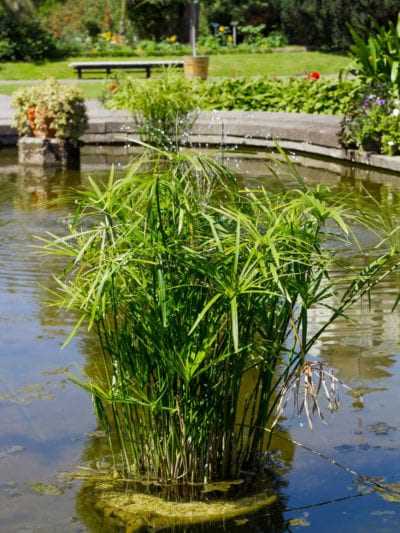
When selecting a fertilizer for your Cyperus plant, choose a balanced, water-soluble fertilizer with a ratio of 20-20-20 or similar. This balanced formula ensures that your plant receives a good mix of essential nutrients.
Alternatively, you can use a slow-release fertilizer, which gradually releases nutrients over time. This can be convenient if you prefer not to fertilize your plant too frequently.
Fertilizing Frequency
Cyperus plants generally require fertilization every two to four weeks during the active growing season, which is typically from spring to fall. Be sure to follow the instructions on the fertilizer packaging for specific guidance on frequency and dosage.
During the dormant period in winter, reduce or stop fertilization as the plant’s growth slows down.
Application Method
When applying fertilizer to your Cyperus plant, dilute the fertilizer according to the package instructions. It’s always better to apply a weaker solution rather than risking overfertilization, which can damage the roots.
Gently water the soil around the plant, making sure to distribute the fertilizer evenly. Avoid getting the foliage wet as this can cause leaf burn.
Additional Tips
- Regularly monitor the growth and health of your Cyperus plant. If you notice signs of nutrient deficiency, such as yellowing leaves or stunted growth, it may be a sign that your plant needs more fertilizer.
- Cyperus plants prefer slightly acidic soil. Consider testing the pH of your soil and adjusting it if necessary to create the optimal growing conditions for your plant.
- Remember to always follow the instructions on the fertilizer packaging and avoid overfertilizing, as this can cause nutrient burn and harm your plant.
- In addition to regular fertilization, ensure that your Cyperus plant receives adequate sunlight, water, and proper care to maintain its overall health.
By following these fertilizing tips, you can help your Cyperus plant achieve healthy growth, vibrant foliage, and thrive as a beautiful addition to your home.
Controlling Pests and Diseases
While Cyperus plants are generally hardy and low-maintenance, they can still be susceptible to pests and diseases. Here are some common issues you may encounter and how to address them:
Pests
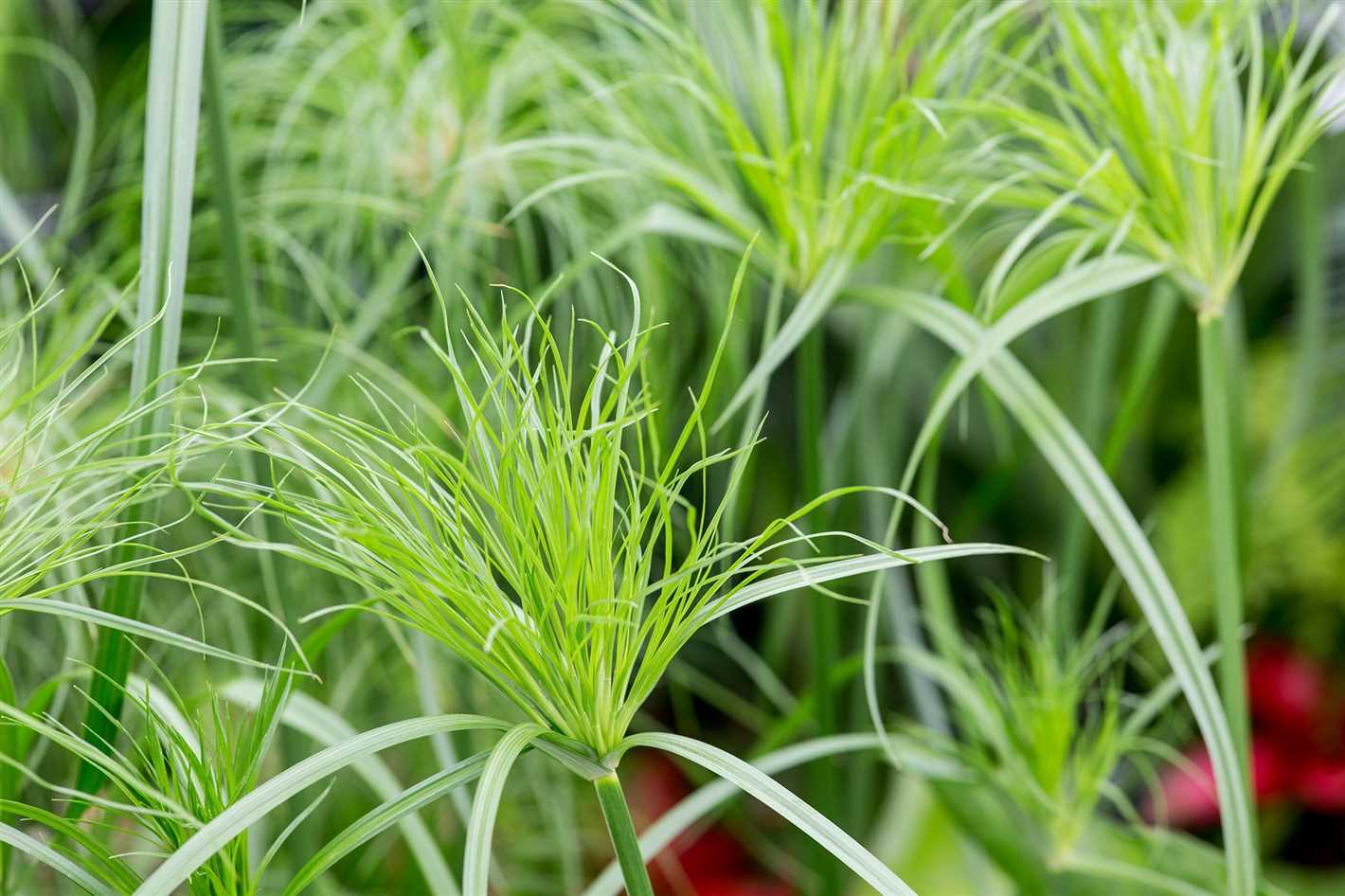
- Aphids: These small insects can be found clustered on new growth and flower buds. They suck sap from the plant and can cause deformities and yellowing of leaves. To control aphids, you can use insecticidal soap or a mixture of water and dish soap to remove them.
- Spider mites: Spider mites are tiny red or yellow-brown pests that can spin webs on the leaves. They can cause leaf yellowing, discoloration, and stunting. You can control spider mites by regularly misting the plants with water and using insecticidal soap or neem oil if the infestation is severe.
- Mealybugs: Mealybugs are soft-bodied insects that are covered in a white waxy substance. They feed on the plant sap and can cause stunted growth and leaf drop. You can manually remove mealybugs by wiping them off with a cotton swab dipped in rubbing alcohol.
- Fungus gnats: These small black flies are attracted to damp soil and can infest the Cyperus plant’s root system. They can cause root damage and hinder the plant’s growth. To control fungus gnats, allow the soil to dry out between waterings and avoid overwatering the plant.
Diseases
Root rot: Overwatering or poor drainage can lead to root rot, which is characterized by brown, mushy roots. To prevent root rot, ensure that the plant is potted in well-draining soil and only water when the top inch of soil feels dry. If root rot has already occurred, it may be necessary to repot the plant in fresh soil.
Leaf spot: Leaf spot is a fungal disease that causes brown or black spots on the leaves. It is often caused by overwatering or high humidity. To prevent leaf spot, avoid getting water on the leaves and ensure good air circulation around the plant. If leaf spot occurs, remove the affected leaves and reduce humidity levels.
Yellowing leaves: Yellowing leaves can be caused by various factors, including overwatering, underwatering, nutrient deficiencies, or excessive light. It is important to assess the plant’s growing conditions and make any necessary adjustments to promote healthy growth.
| Pest/Disease | Symptoms | Control |
|---|---|---|
| Aphids | Clusters on new growth, yellowing leaves | Insecticidal soap or water and dish soap mixture |
| Spider mites | Webbing on leaves, leaf yellowing | Regular misting and insecticidal soap or neem oil |
| Mealybugs | White waxy substance, stunted growth | Manual removal with alcohol-soaked cotton swab |
| Fungus gnats | Black flies, root damage | Allow soil to dry out between waterings |
| Root rot | Brown mushy roots | Well-draining soil, proper watering |
| Leaf spot | Brown or black spots on leaves | Avoid getting water on leaves, improve air circulation |
| Yellowing leaves | Various causes, including overwatering or nutrient deficiencies | Assess growing conditions, make necessary adjustments |
Pruning and Trimming
Pruning and trimming your Cyperus plant is an essential part of its care routine. Regular pruning helps maintain the plant’s overall health and appearance. Here are some tips to follow:
1. Remove Dead or Yellowing Leaves
Inspect your Cyperus plant regularly and remove any dead or yellowing leaves. These leaves not only detract from the plant’s beauty but can also be an indication of underlying issues. Use a clean pair of sharp scissors or pruning shears to make clean cuts near the base of the leaf.
2. Trim Overgrown Stems
If your Cyperus plant’s stems become overgrown, it is recommended to trim them down to maintain a compact and attractive appearance. Choose the desired height you want the plant to be and use sharp scissors or pruning shears to trim the stems down to this level. Make sure to cut at an angle to prevent straight edges that may look unnatural.
3. Prune to Control Spread
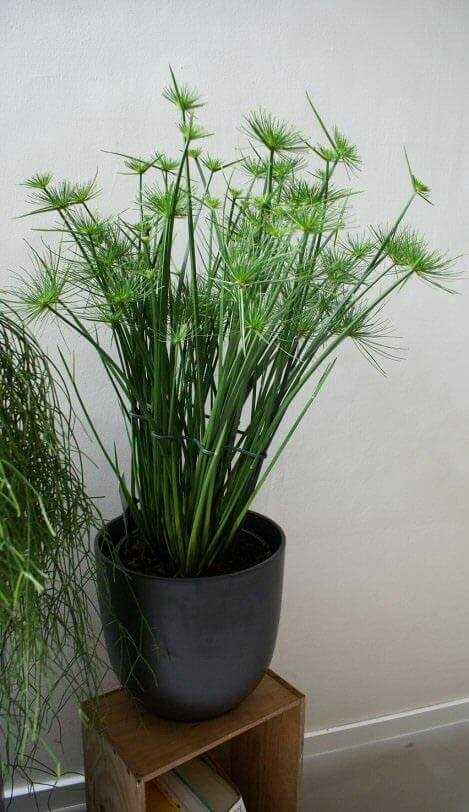
Cyperus plants can quickly spread and take up more space than you may want. If you want to restrict the plant’s spread, pruning can be used to help control its growth. Identify the unwanted shoots or offshoots and use sharp scissors or pruning shears to remove them. Regularly pruning will help keep the plant contained to its desired area.
4. Shape the Plant
If you desire a specific shape for your Cyperus plant, pruning can help you achieve it. Regularly trim the stems to maintain the desired shape or encourage branching. You can also use the pruning shears to remove any unruly or wayward stems that disrupt the plant’s overall appearance.
5. Maintain Clean Tools
It is essential to keep your pruning tools clean to prevent the spread of diseases and infections. Clean your scissors or shears with rubbing alcohol or soapy water before and after each use. This will help minimize the risk of transferring any pathogens to the plant.
By following these pruning and trimming tips, you can ensure that your Cyperus plant remains healthy, attractive, and well-maintained.
Repotting for Optimal Growth
Repotting is an essential part of caring for your Cyperus plant and ensuring optimal growth. It is recommended to repot your Cyperus every 1-2 years, or when you notice that the plant has outgrown its current pot.
Here are some steps to follow when repotting your Cyperus:
- Choose a new pot that is one size larger than the current pot. The new pot should have drainage holes to prevent water from accumulating at the roots.
- Prepare the new pot by lining the bottom with a layer of small stones or pebbles. This will help with drainage.
- Remove the Cyperus from its old pot. Gently loosen the roots with your hands or use a tool like a fork or trowel to carefully separate the roots from the potting mix.
- Inspect the roots for any signs of damage or rot. Trim off any unhealthy roots using sterilized pruning shears.
- Place the Cyperus in the new pot and add fresh potting mix around the roots, making sure to leave some space at the top for watering.
- Press down the potting mix gently to secure the plant in place.
- Water the plant thoroughly until the water drains out of the bottom of the pot. This will help settle the soil and ensure good root contact.
- Place the repotted Cyperus in a location with bright indirect light. Avoid direct sunlight, as it can scorch the leaves.
Note: If your Cyperus is not showing any signs of growth or has become root-bound, you may need to repot it more frequently.
By repotting your Cyperus regularly, you can provide it with the necessary space and nutrients to grow and thrive. Remember to monitor its growth and adjust the pot size accordingly to promote optimal growth.
Troubleshooting Common Issues
Pests
If you notice small insects on your Cyperus plant, it could be a sign of a pest infestation. Common pests that can affect Cyperus include aphids, mealybugs, and spider mites. To get rid of these pests, you can use insecticidal soap or neem oil. Make sure to thoroughly spray the plant, focusing on the undersides of the leaves where the pests tend to hide. Repeat the treatment every few weeks until the pests are completely gone.
Yellowing Leaves
Yellowing leaves can be a sign of overwatering or underwatering. Check the soil moisture by inserting your finger about an inch into the soil. If it feels dry, it’s time to water the plant. On the other hand, if the soil feels wet, allow it to dry out before watering again. Additionally, yellowing leaves can also indicate a lack of nutrients. Consider fertilizing your Cyperus plant with a balanced houseplant fertilizer to help restore its health.
Drooping or Wilting
If your Cyperus plant is drooping or wilting, it may be a sign of underwatering or exposure to extreme temperatures. Check the soil moisture and adjust your watering schedule accordingly. Ensure that the plant is placed in an area with a suitable temperature range, ideally between 60-75°F (15-24°C). If the drooping or wilting persists, it could be a root-related issue, and repotting may be necessary.
Brown tips on leaves
Brown tips on the leaves of a Cyperus plant can be caused by several factors, including low humidity, underwatering, or exposure to harsh chemicals from tap water. To prevent brown tips, mist the leaves regularly to increase humidity levels. Use filtered water or let tap water sit overnight to allow chlorine and other chemicals to dissipate before watering. Additionally, make sure you are watering the plant adequately without overdoing it.
Stunted Growth
If your Cyperus plant is not growing as expected or its growth has slowed down significantly, it may be due to insufficient light or inadequate fertilization. Ensure that your plant is placed in a well-lit area where it can receive bright, indirect sunlight for several hours each day. Consider providing additional fertilizer to promote healthy growth. Be cautious not to over-fertilize, as it can burn the plant’s roots.
Q&A:
How often should I water my Cyperus plant?
Water your Cyperus plant once or twice a week, making sure that the soil is always slightly moist but not waterlogged.
What kind of light does the Cyperus plant need?
The Cyperus plant prefers bright indirect light, so place it near a window where it can receive filtered sunlight.
Can I propagate my Cyperus plant?
Yes, you can propagate your Cyperus plant by dividing the clumps of stems and roots. Make sure that each division has enough roots and stems to survive.
Why are the leaves of my Cyperus plant turning yellow?
The leaves of your Cyperus plant may be turning yellow due to overwatering. Make sure to let the soil dry out slightly between waterings and reduce the amount of water you give to the plant.
How tall can a Cyperus plant grow?
A Cyperus plant can grow up to 3 feet tall, depending on the variety. Make sure to provide enough space for the plant to grow and spread its foliage.
Video:
30 Favorite Low-Maintenance LOW LIGHT INDOOR PLANTS + Styling Tips | Julie Khuu
